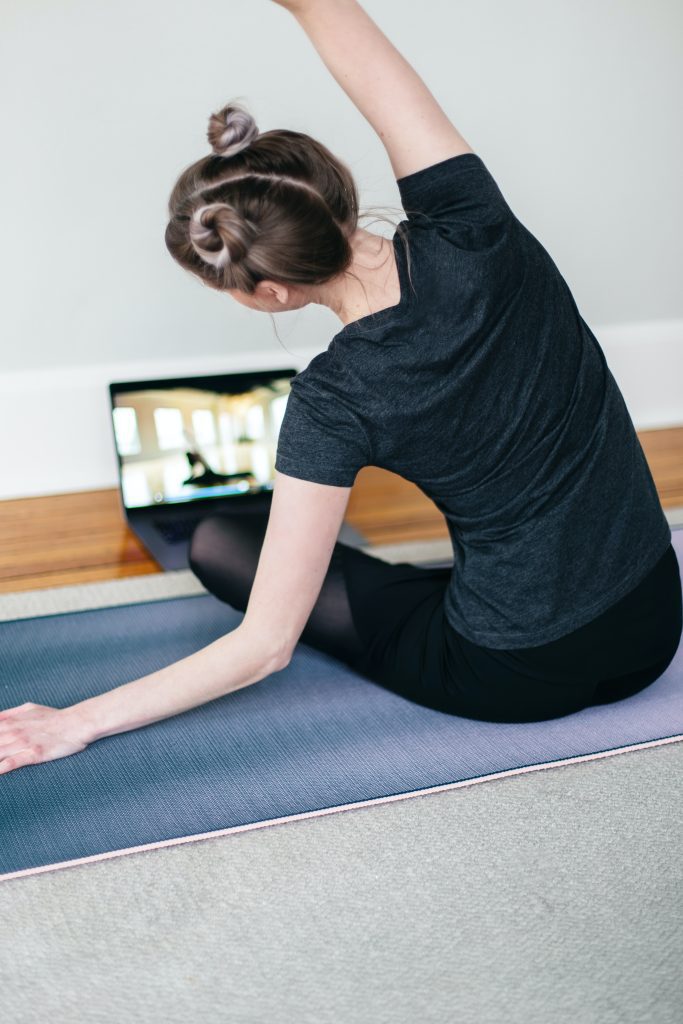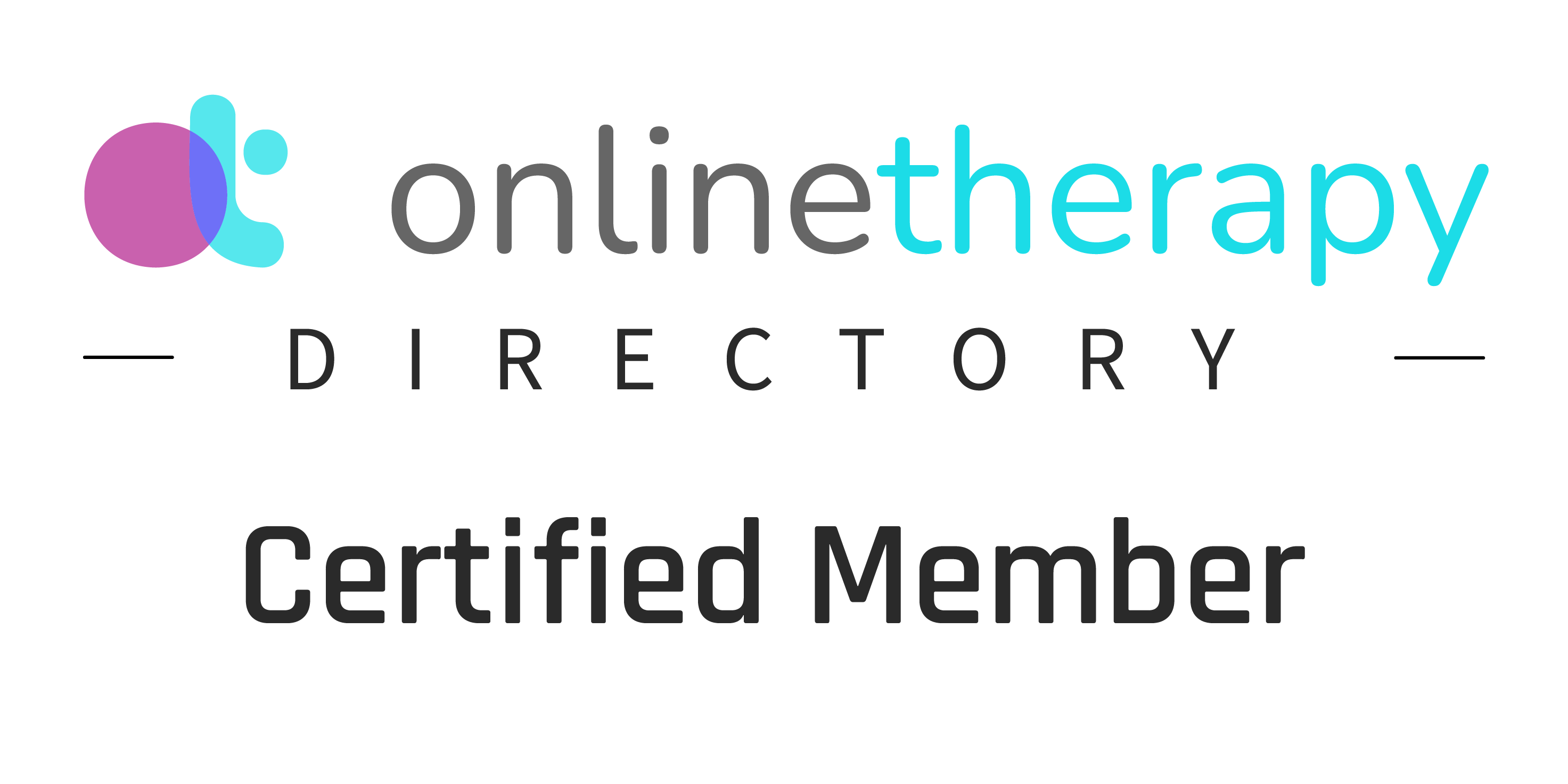Virtual Physiotherapy: Challenging the Need for Hands-On Treatment in Canada

What is Virtual Physiotherapy?
Have you heard of virtual physiotherapy? As we’ve been talking about virtual physiotherapy and its benefits, some of you might be feeling a bit skeptical. After all, it’s natural to wonder how hands-off treatment can really compare to in-person therapy. Well, we’re here to address your concerns and share some insights on why virtual physiotherapy is not just a passing fad, but a genuine game-changer in the world of rehab.
Understanding the Skepticism
It’s understandable that people may be skeptical about virtual physiotherapy, especially if they’ve never experienced it themselves. Traditional physiotherapy has always relied heavily on hands-on techniques, so the idea of remote treatment might seem a bit far-fetched. However, research and real-life experiences are increasingly showing that virtual physiotherapy can be just as effective as in-person treatment, if not more so, in many cases.
Research-Backed Efficacy
Several studies have shown that virtual physiotherapy can be as effective as in-person treatment for a variety of conditions (Cottrell et al., 2020). For example, a study published in the Journal of Bone and Joint Surgery found that remote treatment for knee osteoarthritis resulted in similar improvements in pain and function as traditional face-to-face therapy (Moffet et al., 2017). Another study in Clinical Rehabilitation found that virtual care for chronic low back pain was just as effective as in-person care in reducing pain and improving function (Cottrell et al., 2017). This growing body of research helps to dispel skepticism and validate the efficacy of virtual physiotherapy.
Success Stories
Many patients who have tried virtual physiotherapy, including those recovering from motor vehicle accidents or surgery, have experienced significant improvements in their conditions. These real-life success stories demonstrate that remote rehab can indeed be effective, even when compared to in-person treatment. The key is to work closely with your physiotherapist and follow their guidance to ensure you’re doing the exercises correctly and safely.


The Power of Technology
One reason virtual physiotherapy can be just as effective as in-person treatment is the innovative technology that supports it. Tools like motion tracking, biofeedback, and virtual reality enable physiotherapists to monitor patients’ movements, provide real-time feedback, and create engaging rehab experiences. These technological advancements help bridge the gap between remote and in-person care, ensuring that patients receive the high-quality treatment they need to recover.
The Role of Personal Responsibility
An essential aspect of virtual physiotherapy is the increased emphasis on personal responsibility and self-management. By taking an active role in their rehab, patients develop a sense of ownership over their progress, which can lead to better outcomes. This approach highlights the fact that effective rehabilitation is not solely dependent on hands-on techniques but also relies on patients’ commitment to their healing process.
Accessible Healthcare for Rural and Remote Communities
One of the major advantages of virtual physiotherapy is that it extends access to care for those living in rural or remote areas, where in-person physiotherapy services may be limited or non-existent. By removing geographical barriers, virtual physiotherapy ensures that everyone has an equal opportunity to receive high-quality rehab services, regardless of where they live.
Conclusion
As we continue to explore the world of virtual physiotherapy, it’s important to keep an open mind and recognize the numerous advantages it offers. From research-backed efficacy and real-life success stories to increased accessibility, cost-effectiveness, and continuity of care, virtual physiotherapy has the potential to revolutionize the rehab landscape. Let’s embrace this innovative approach and continue working towards a healthier future.
Ready to give virtual physiotherapy a try? Book a free 15 minute consultation today!
References:
Cottrell, M. A., Galea, O. A., O’Leary, S. P., Hill, A. J., & Russell, T. G. (2017). Real-time telerehabilitation for the treatment of musculoskeletal conditions is effective and comparable to standard practice: a systematic review and meta-analysis. Clinical Rehabilitation, 31(5), 625-638.
Moffet, H., Tousignant, M., Nadeau, S., Mérette, C., Boissy, P., Corriveau, H., … & Dimentberg, R. (2017). In-home telerehabilitation compared with face-to-face rehabilitation after total knee arthroplasty: a noninferiority randomized controlled trial. Journal of Bone and Joint Surgery, 99(14), 1185-1194.
Cottrell, M. A., Hill, A. J., O’Leary, S. P., Raymer, M. E., & Russell, T. G. (2020). Service provider perceptions of telerehabilitation as an additional service delivery option within an Australian neurosurgical and orthopaedic physiotherapy screening clinic: a qualitative study. Musculoskeletal Science and Practice, 48, 102193.


